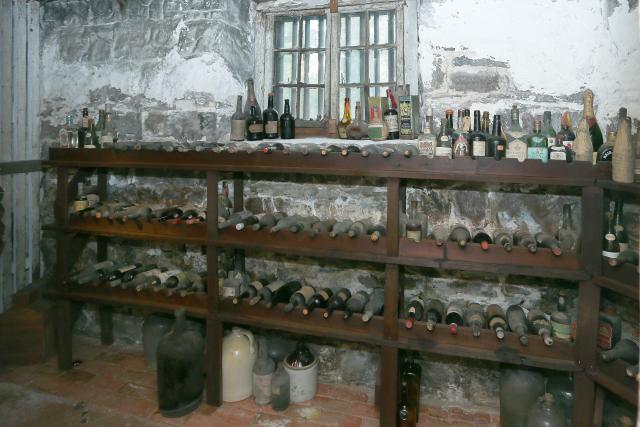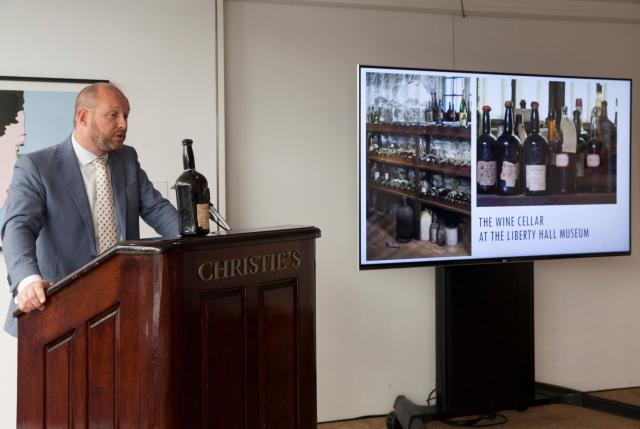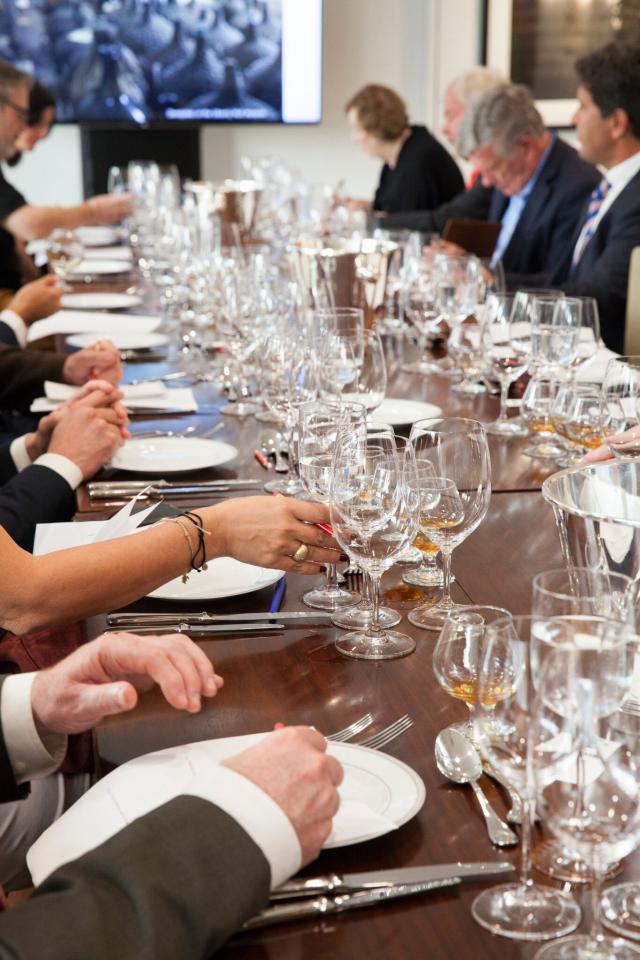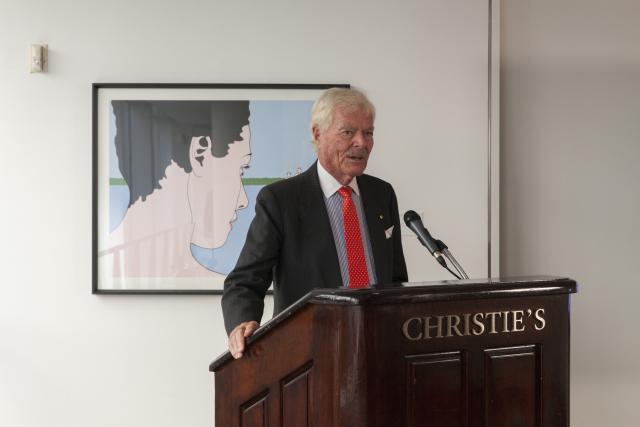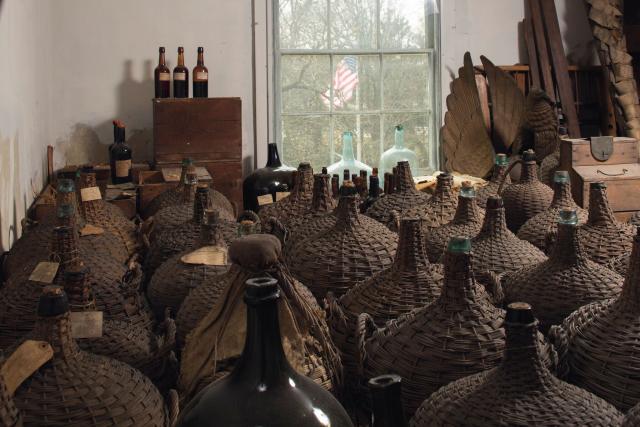Liberty Hall Museum’s 200-Year-Old Wine to Be Auctioned
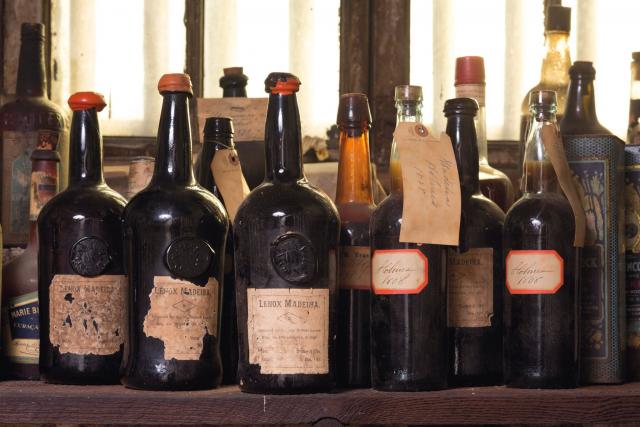
The centuries-old Madeira wine discovered at Liberty Hall Museum at Kean University is going on the auction block.
Christie’s New York will auction the collection of rare Madeira wine, bourbon and other spirits — some dating back to the American post-Revolutionary era — on December 7. The stash was discovered after a wall in the museum’s cellar, built during Prohibition, was knocked down as part of a renovation project in 2015.
“I was completely surprised,” said John Kean Sr., president of Liberty Hall Museum. “I had no idea Madeira would survive for any time, let alone 200 years. This is a major event for Liberty Hall.”
Proceeds from the auction will be used to improve access for the disabled to Liberty Hall, including the renovation of a 1925 elevator, Kean said.
Earlier this month, Kean and William Schroh Jr., Liberty Hall director of museum operations, attended a luncheon at Christie’s with leading wine experts and sampled two Madeiras and a bourbon.
“I was overwhelmed by their quality,” said Edwin Vos, Christie’s head of wine, continental Europe. “Christie’s is honored to be entrusted with the sale of this incredibly rare selection of early Madeira.”
Schroh could not estimate the auction’s value, but said another auction of similarly aged Madeira started at $15,000 per bottle. The Liberty Hall auction will include 20 bottles of 1796 Madeira and a total 118 bottles of wines and spirits.
Kean said he knew there were old wine bottles in the house owned by his family for generations before it became Liberty Hall Museum at Kean University. But he said he could not have imagined the cache was one of the most extensive early collections of Madeira in the world.
There were hundreds of bottles and “demijohns” — large, straw-wrapped glass bottles, holding about five gallons each. The most valuable, the Madeira, a Portuguese wine favored in colonial and early America because it was easy to import, dated back to 1796. Many bottles still have hand-written tags or labels.
“There were crates that were sealed that hadn’t been opened in 100 years,” Schroh said.
Kean said he initially thought the centuries-old wine would be spoiled. In fact, he wanted to dump out the demijohns and use them as lamp bases. But word got out of the discovery, Christie’s was contacted, and museum officials realized what they had.
When the sale, entitled Finest Wines and Spirits, Including The Liberty Hall Museum Collection of Historic Madeira and an Extraordinary Collection of Pre-Prohibition Whiskey, takes place, Liberty Hall officials may hold a gathering to watch on closed circuit TV. “They think it’s going to be a very strong market,” Schroh said.
The entire collection will not be sold, however. A number of bottles will remain at Liberty Hall, in an exhibition called History in a Bottle. Part of the exhibition will highlight the importance of cork and will be supported by The Portuguese Cork Association.
“Without corks, none of this would have survived,” Schroh said.
